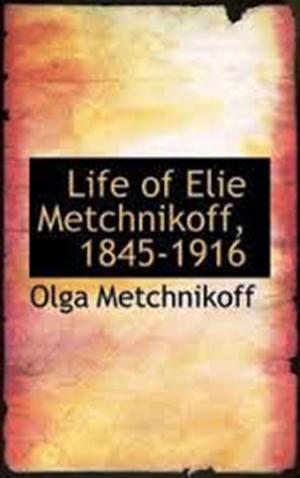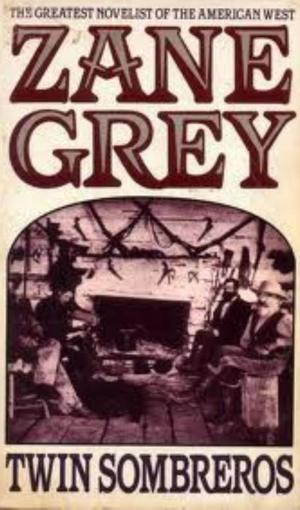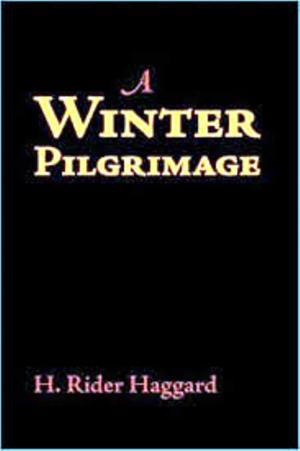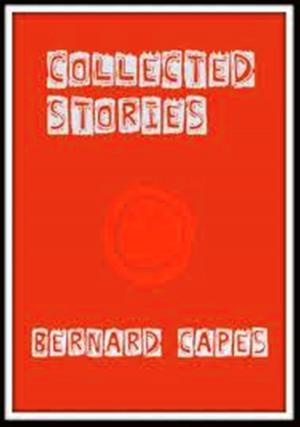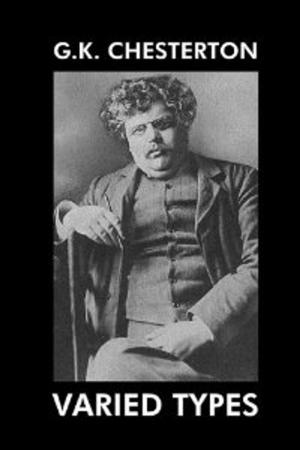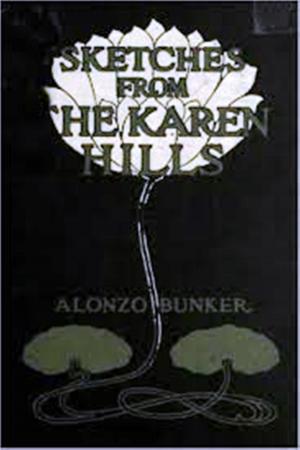| Author: | Edward Dyson | ISBN: | 1230000157367 |
| Publisher: | WDS Publishing | Publication: | August 3, 2013 |
| Imprint: | Language: | English |
| Author: | Edward Dyson |
| ISBN: | 1230000157367 |
| Publisher: | WDS Publishing |
| Publication: | August 3, 2013 |
| Imprint: | |
| Language: | English |
The schoolhouse at Waddy was not in the least like any of the trim State
buildings that now decorate every Victorian township and mark every
mining or agricultural centre that can scrape together two or three
meagre classes; it was the result of a purely local enthusiasm, and was
erected by public subscription shortly after Mr. Joel Ham, B.A., arrived
in the district and let it be understood that he did not intend to go
away again. Having discovered that it was impossible to make anything
else of Mr. Joel Ham, Waddy resolved to make a schoolmaster of him. A
meeting was held in the Drovers' Arms, numerous speeches, all much more
eloquently expressive of the urgent need of convenient scholastic
institutions than the orators imagined, were delivered by representative
men, and a resolution embodying the determination of the residents to
erect a substantial building and install Mr. J. Ham, B.A., as headmaster
was carried unanimously.
The original contributors were not expected to donate money towards the
good cause; they gave labour and material. The work of erection was
commenced next day. Neither plans nor specifications were supplied, and
every contributor was his own architect. Timber of all sorts and shapes
came in from fifty sources. The men of the day shift at the mines worked
at the building in the evening; those on the four-o'clock shift put in an
hour or two in the morning, and mates off the night shift lent a hand at
any time during the day, one man taking up the work where the other left
off. Consequently--and as there was no ruling mind and no general
design--the school when finished seemed to lack continuity, so to speak.
As an architectural effort it displayed evidence of many excellent
intentions, but could not be called a brilliant success as a
whole--although one astute Parliamentary candidate did secure an
overwhelming majority of votes in Waddy after declaring the schoolhouse
to be an ornament to the township. The public-spirited persons who
contributed windows, it was tacitly agreed, were quite justified in
putting in those windows according to the dictates of their own fancy,
even if the result was somewhat bizarre. Jock Summers gave a bell hung in
a small gilded dome, and this was fixed on the roof right in the centre
of the building, mainly for picturesque effect; but as there was no rope
attached and no means of reaching the bell--and it never occurred to
anybody to rectify the deficiency--Jock's gift remained to the end merely
an ornamental adjunct. So also with Sam Brierly's Gothic portico. Sam
expended much time and ingenuity in constructing the portico, and it was
built on to the street end of the schoolhouse, although there was no door
there, the only entrance being at the back.
The schoolhouse at Waddy was not in the least like any of the trim State
buildings that now decorate every Victorian township and mark every
mining or agricultural centre that can scrape together two or three
meagre classes; it was the result of a purely local enthusiasm, and was
erected by public subscription shortly after Mr. Joel Ham, B.A., arrived
in the district and let it be understood that he did not intend to go
away again. Having discovered that it was impossible to make anything
else of Mr. Joel Ham, Waddy resolved to make a schoolmaster of him. A
meeting was held in the Drovers' Arms, numerous speeches, all much more
eloquently expressive of the urgent need of convenient scholastic
institutions than the orators imagined, were delivered by representative
men, and a resolution embodying the determination of the residents to
erect a substantial building and install Mr. J. Ham, B.A., as headmaster
was carried unanimously.
The original contributors were not expected to donate money towards the
good cause; they gave labour and material. The work of erection was
commenced next day. Neither plans nor specifications were supplied, and
every contributor was his own architect. Timber of all sorts and shapes
came in from fifty sources. The men of the day shift at the mines worked
at the building in the evening; those on the four-o'clock shift put in an
hour or two in the morning, and mates off the night shift lent a hand at
any time during the day, one man taking up the work where the other left
off. Consequently--and as there was no ruling mind and no general
design--the school when finished seemed to lack continuity, so to speak.
As an architectural effort it displayed evidence of many excellent
intentions, but could not be called a brilliant success as a
whole--although one astute Parliamentary candidate did secure an
overwhelming majority of votes in Waddy after declaring the schoolhouse
to be an ornament to the township. The public-spirited persons who
contributed windows, it was tacitly agreed, were quite justified in
putting in those windows according to the dictates of their own fancy,
even if the result was somewhat bizarre. Jock Summers gave a bell hung in
a small gilded dome, and this was fixed on the roof right in the centre
of the building, mainly for picturesque effect; but as there was no rope
attached and no means of reaching the bell--and it never occurred to
anybody to rectify the deficiency--Jock's gift remained to the end merely
an ornamental adjunct. So also with Sam Brierly's Gothic portico. Sam
expended much time and ingenuity in constructing the portico, and it was
built on to the street end of the schoolhouse, although there was no door
there, the only entrance being at the back.






